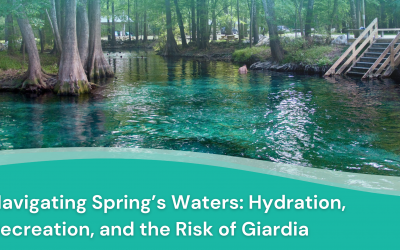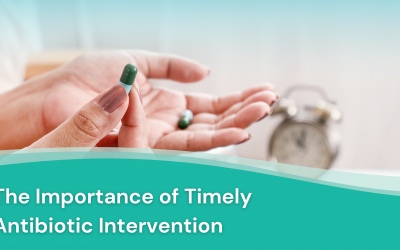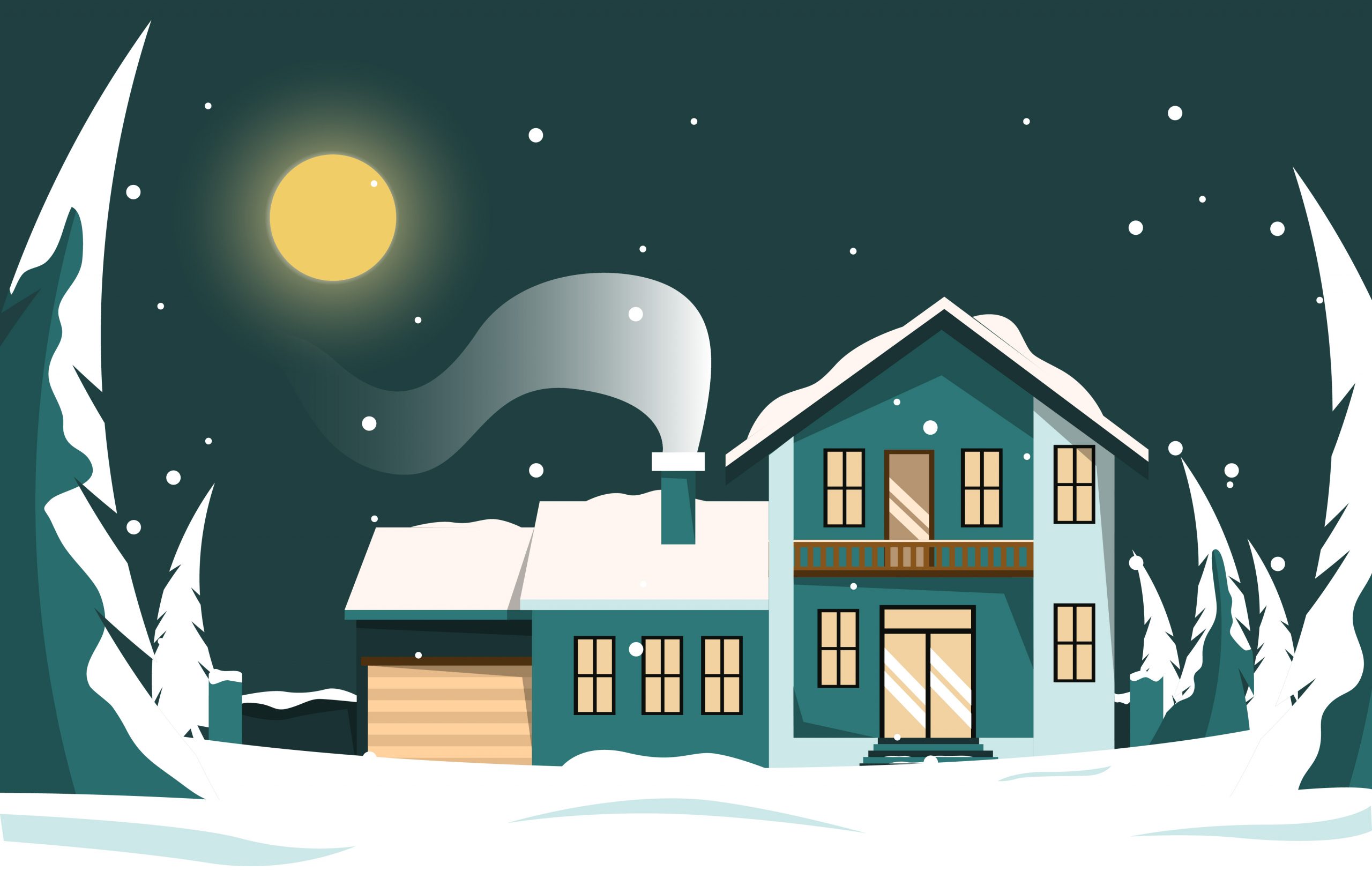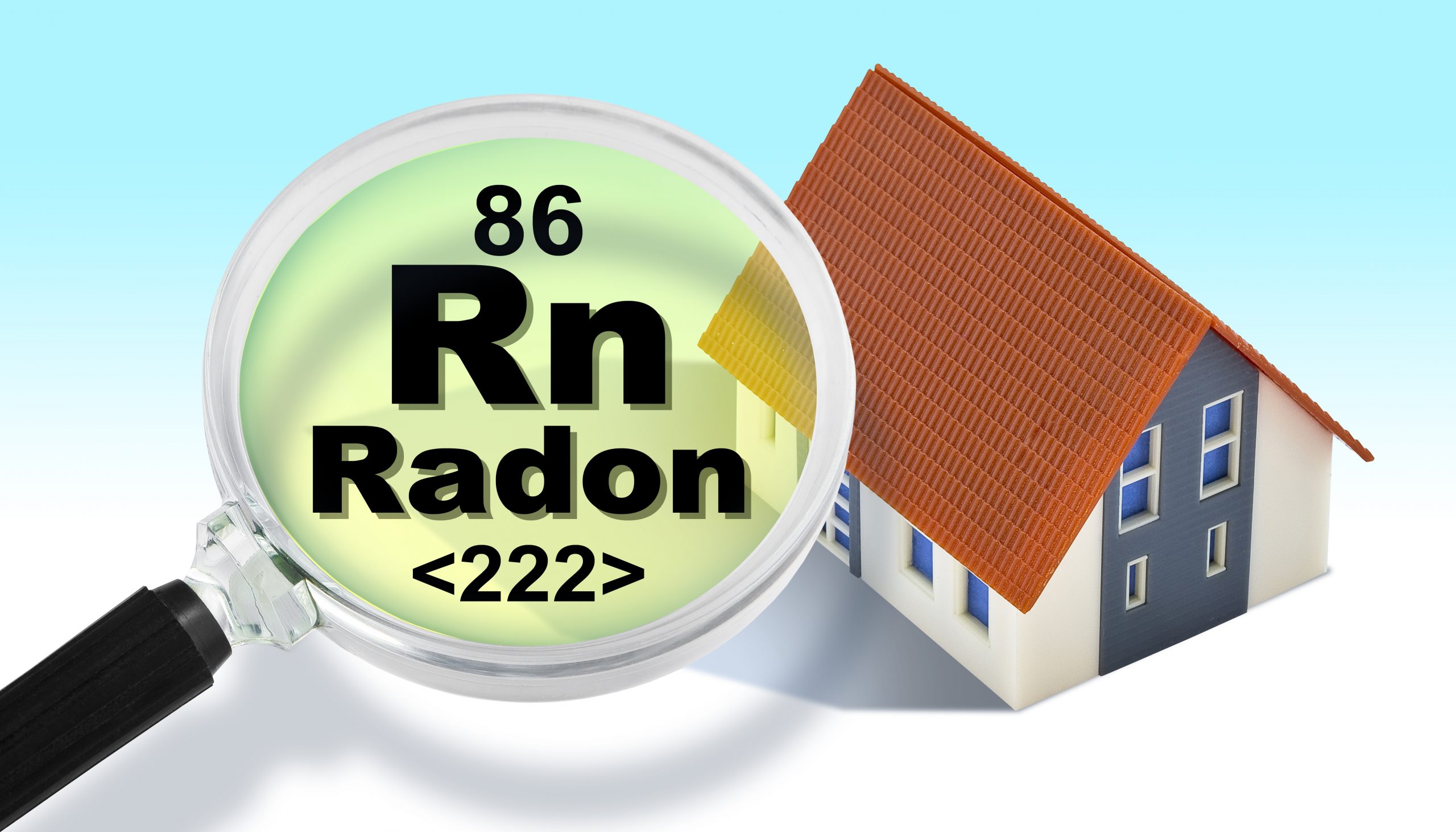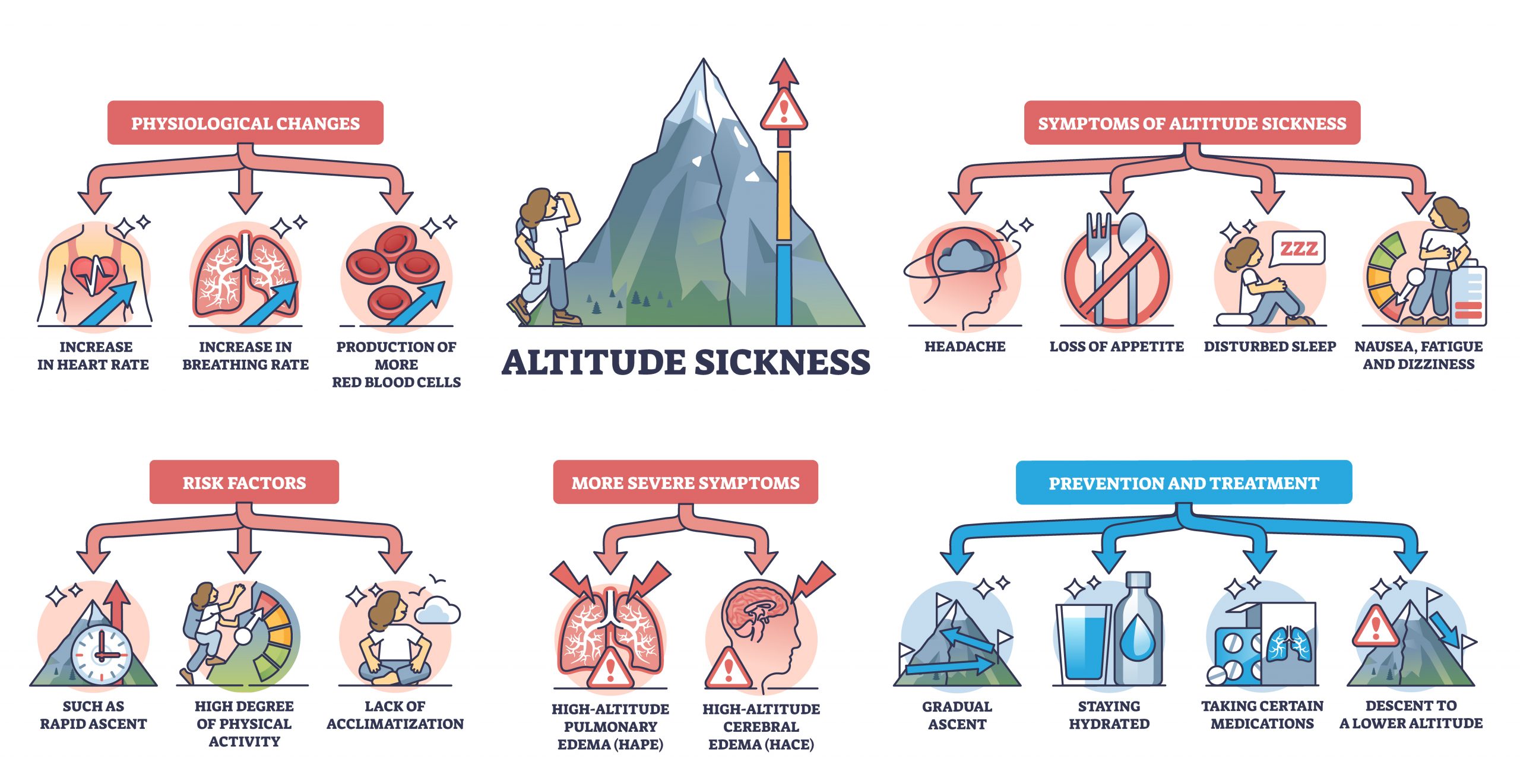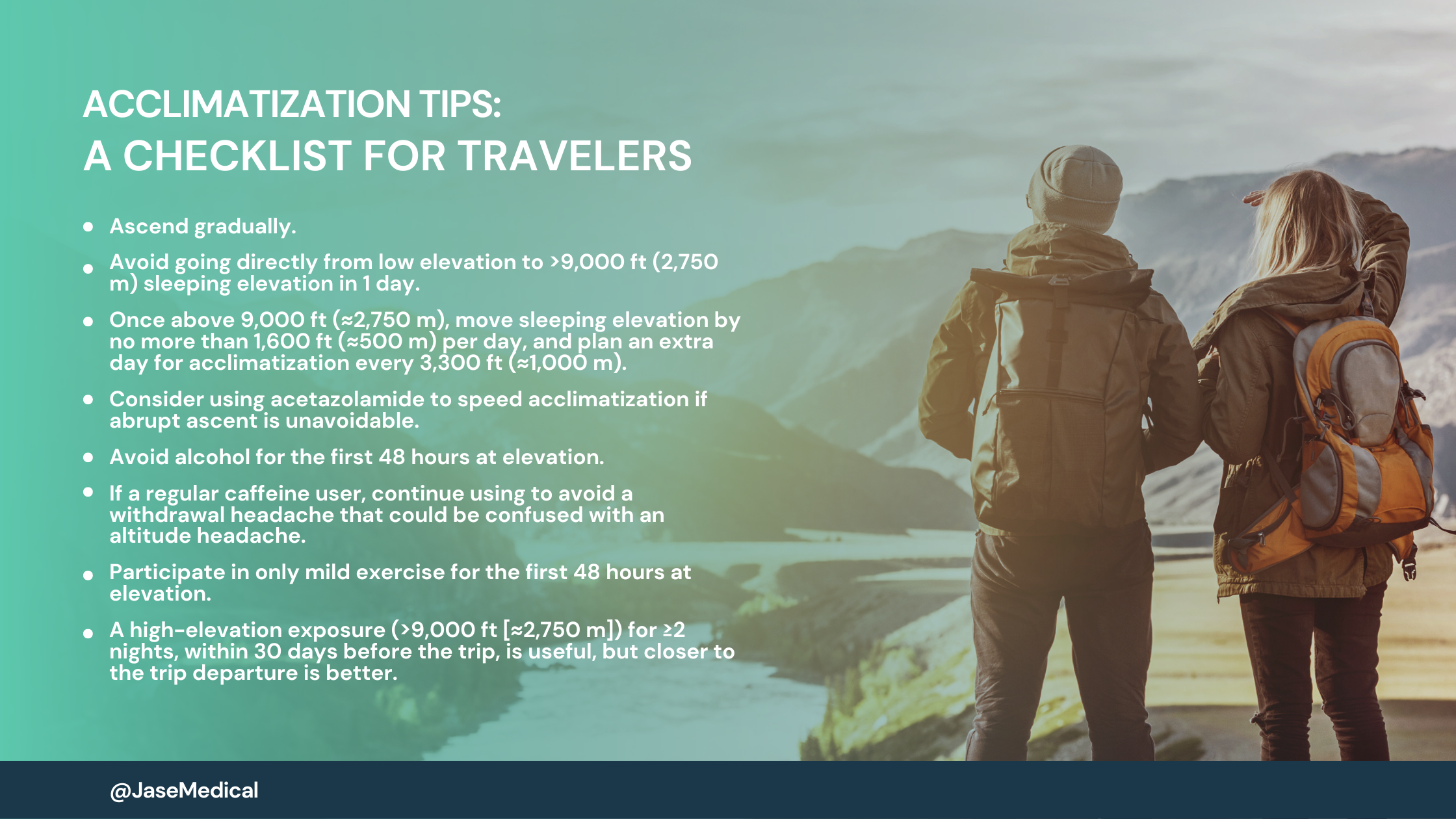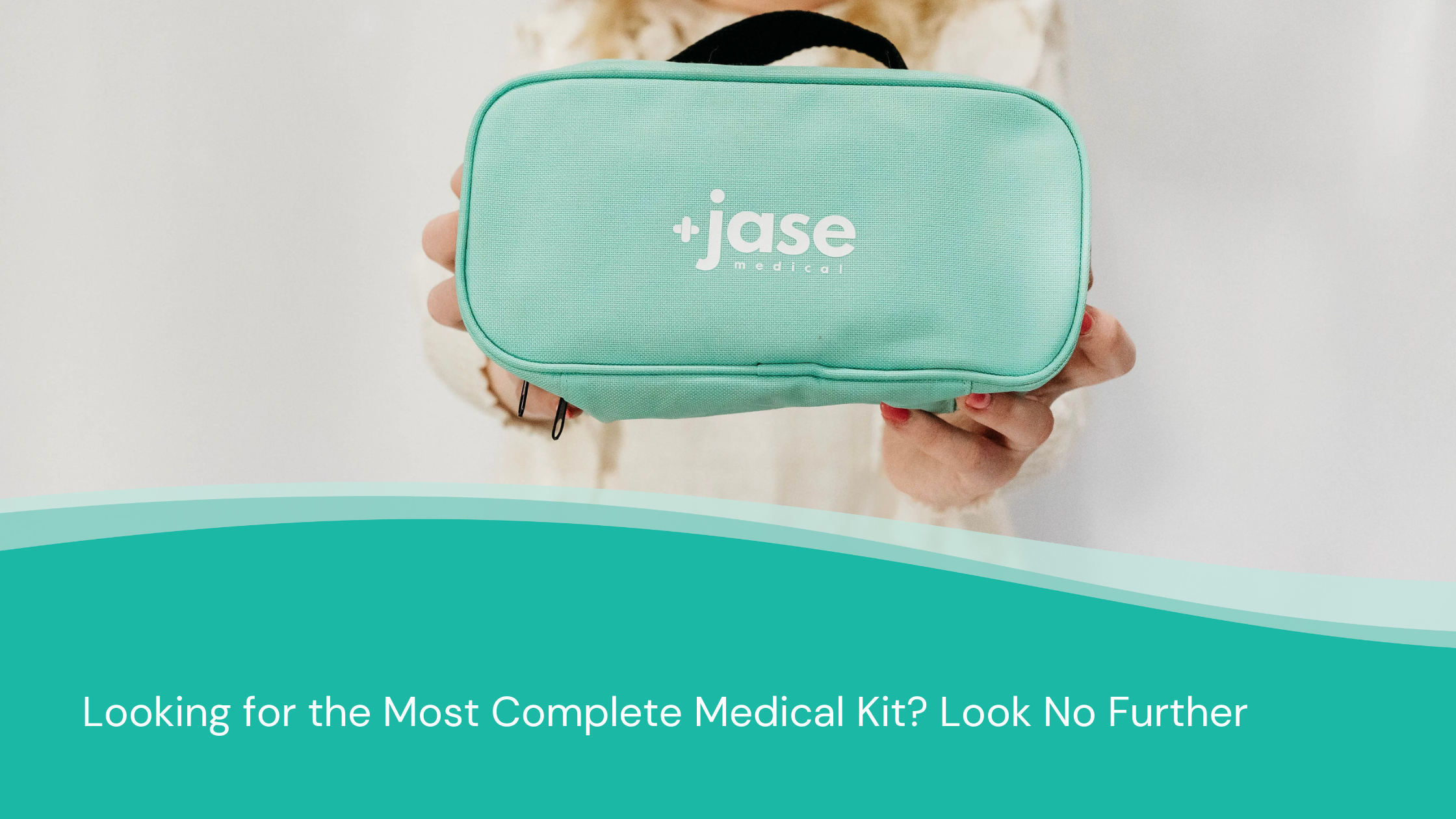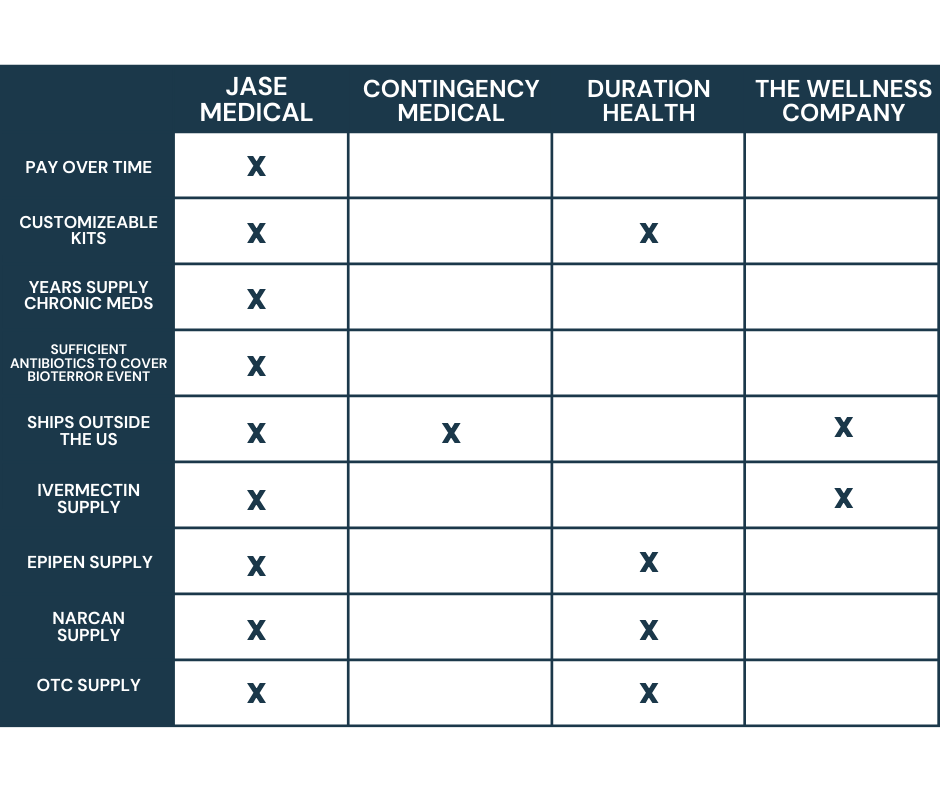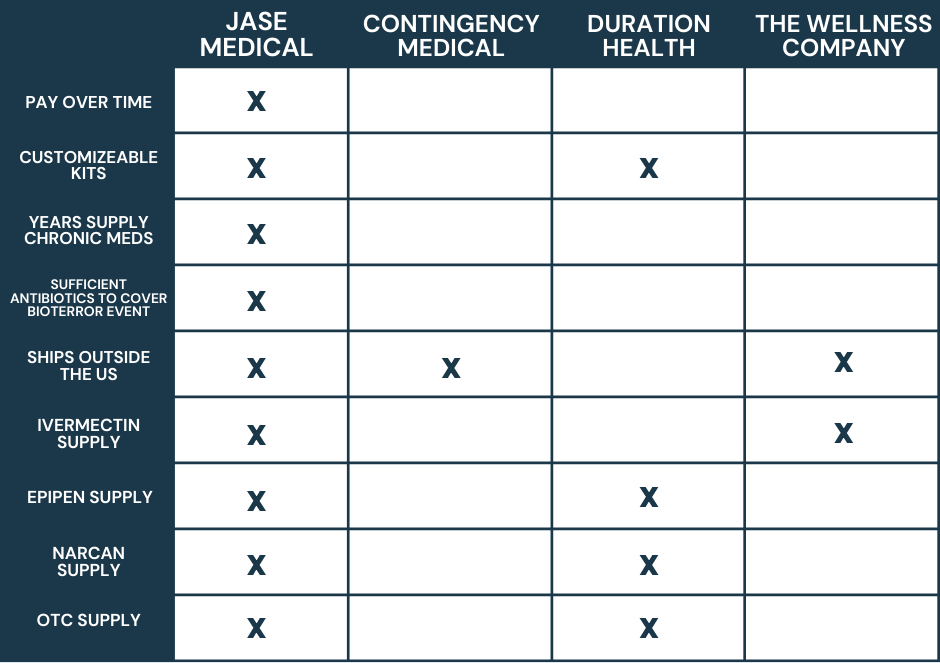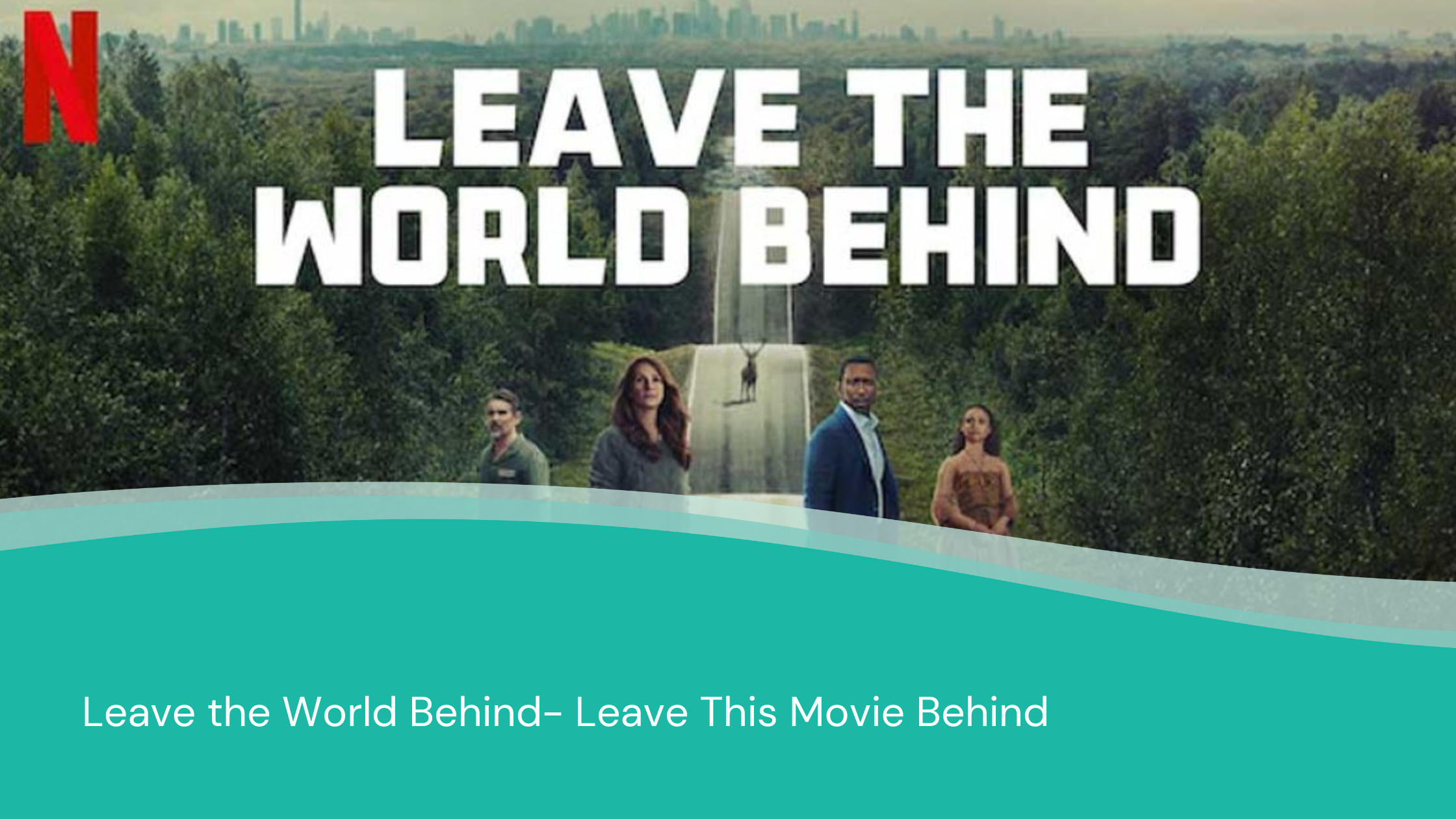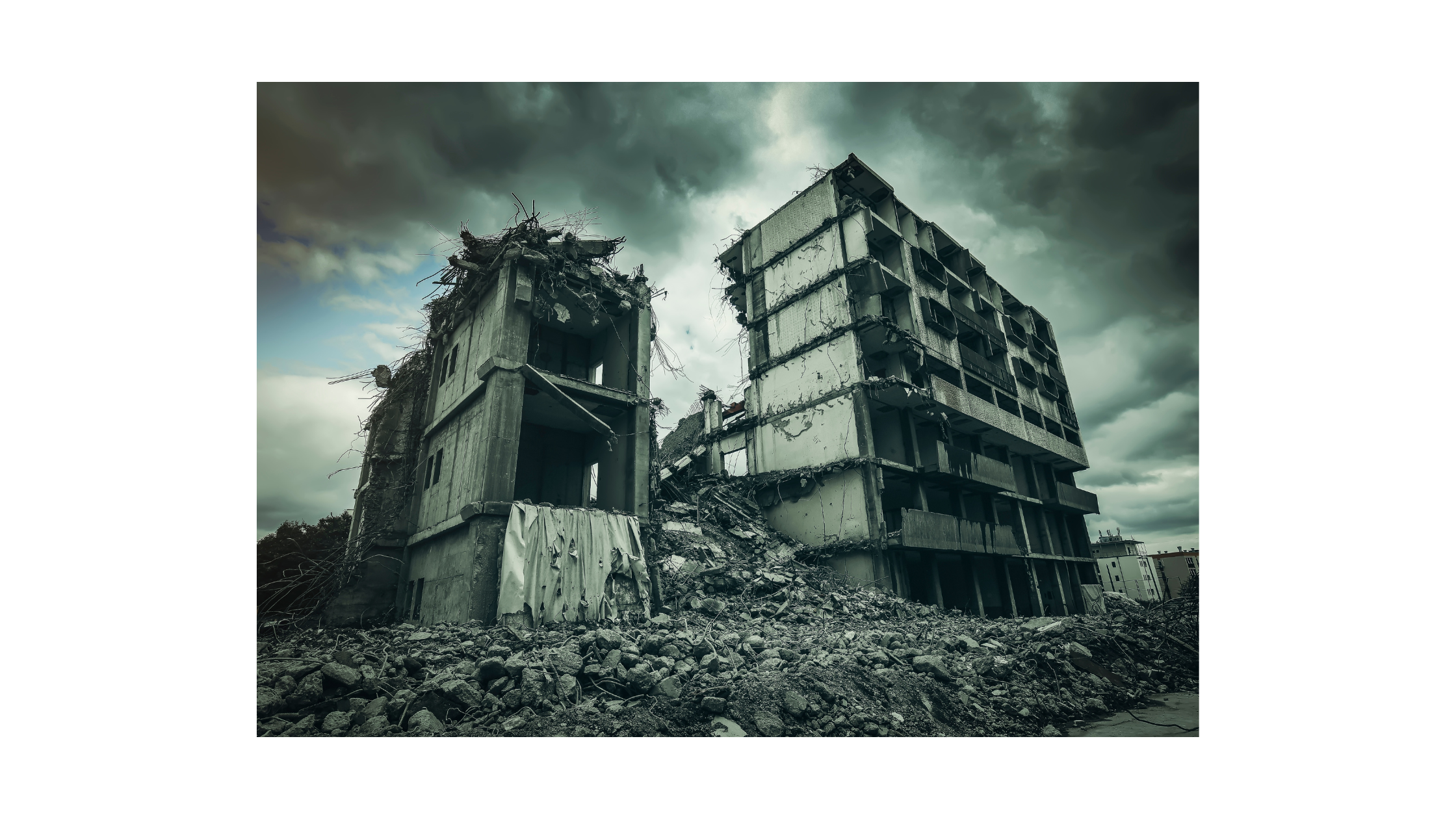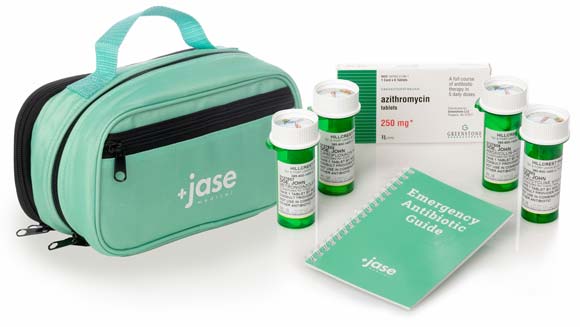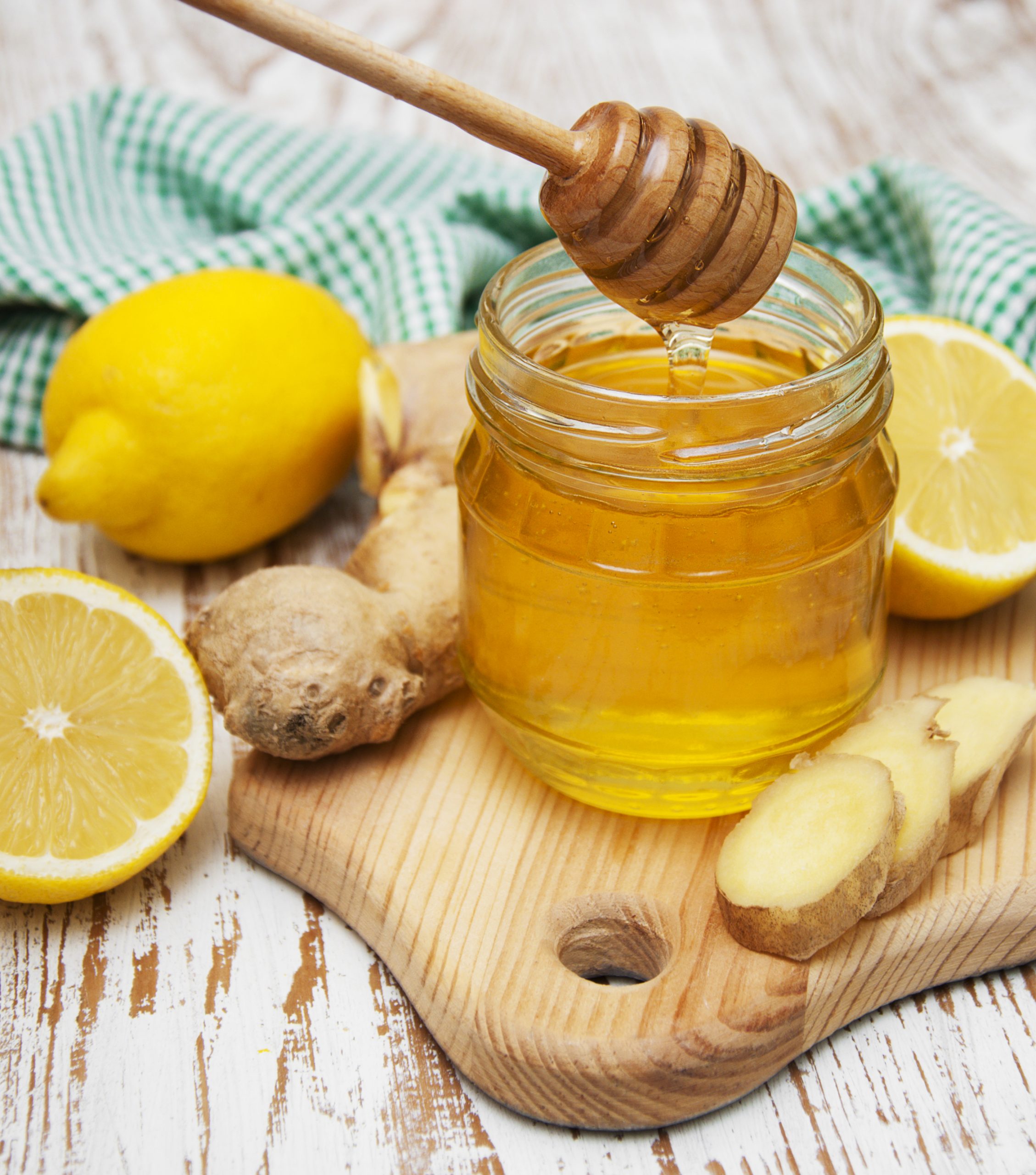There are a lot of things we like to stock up on: pressure-canned fruits and vegetables, canned goods at the grocery store. (“Two for a dollar?! I need another cart!”), soaps and cleaners . . .And toilet paper! Oh yes! But stock up on prescription medicines for months...
How Should I Store My Jase Case and Add-ons?
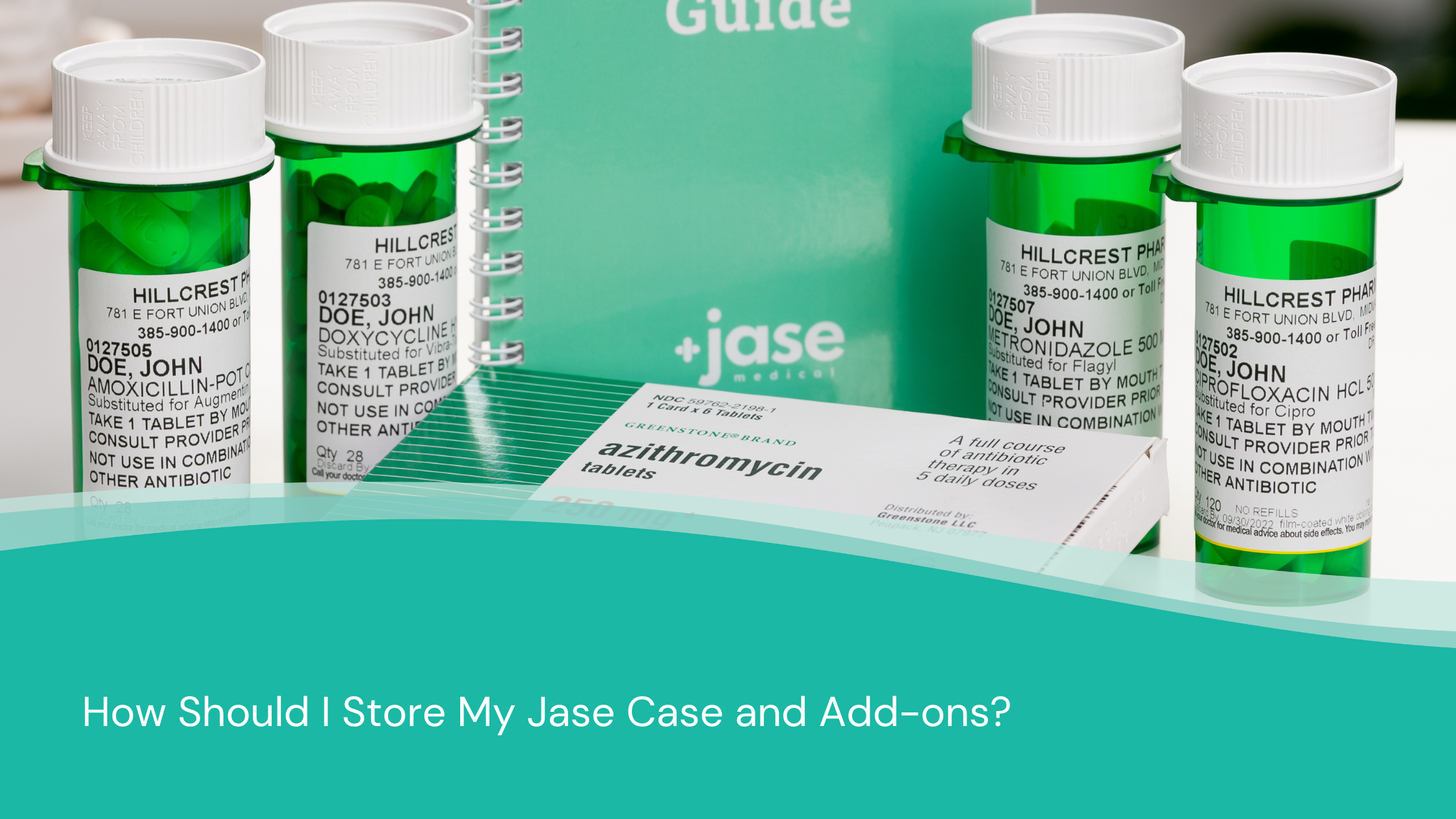
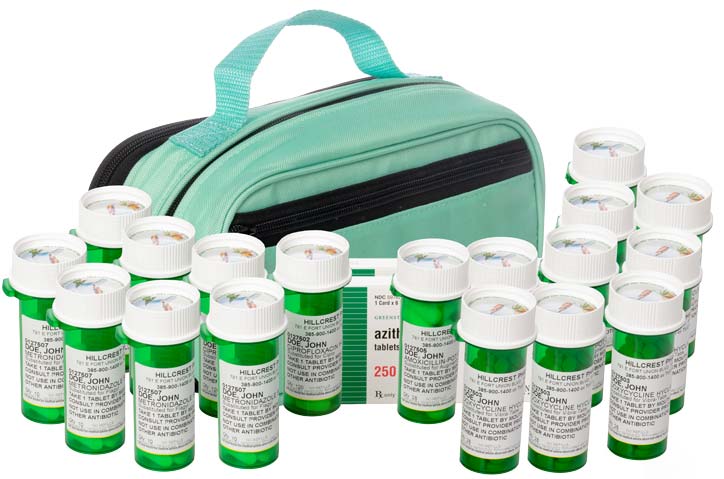
You recently made the proactive decision to purchase the Jase Case and some add-ons. This investment is a hedge against interrupted medication supplies due to natural disasters, travel to medically underserved regions of the world, and world events leading to extended drug shortages.
You want to protect our investment and the most important step is to store them properly.
To begin with, what is shelf life and expiration dates for?
Understanding shelf life and expiration dates- What’s the difference?
Shelf life: “The time period during which a drug product is expected to remain within the approved shelf-life specification, provided that it is stored under the conditions defined on the container label.”
Expiration date: The expiration date is the final day that the manufacturer guarantees the full potency and safety of a medication. U.S. pharmaceutical manufacturers are required by law to place expiration dates on prescription products prior to marketing. (many of these dates are arbitrary and are usually 1-5 years)
Shelf life and expiration dates are guidelines. Actual studies tell the whole picture.
Take doxycycline, for example:
Established in 1986, the Shelf-Life Extension Program a joint initiative of the FDA and Department of Defense tested 122 drugs for potency after their expiration date. Doxycycline (included in the Jase Case) maintained its potency well past 66 months- over 5.5 years. In fact, doxycycline potency has proven well beyond this time frame.
In fact, a paper from African Health Sciences titled” Drug expiry debate: the myth and the reality” revealed that of the drugs they tested “many drugs retain 90% of their potency for at least five years after the labeled expiration date, and sometimes longer. Even 10 years after the expiration date many pharmaceuticals retain a significant amount of their original potency.”
Below are the storage guidelines for most medications:
- Don’t store your medicine in the bathroom or an area of the home of high humidity. Humidity can break down your medication and even change the medication’s chemistry. Packing your medication in a pouch with silica gel desiccants can help prevent moisture from ruining your medication.
- Avoid extreme heat and cold. Both extremes can alter the chemistry or degrade the medication’s effectiveness. When traveling, keep medication on you or in your carry on. Don’t store it in your car for extended period of time.
- Keep unused portions of medication in its original packaging. Whether that is the bottle or foil pouch it came in or was provided, doing this avoids contamination and excessive moisture build up.
- Ideal places to store medications at home include dresser drawer, closet shelf or anywhere dark, dry and stays at room temperature. Always store with original label and out of reach of children and vulnerable adults (Alzheimer’s, dementia patients, etc.)
Jase Case and Jase add-ons storage guidelines
Jase Case
Store between 15°C and 30°C (59°F and 86°F)., and follow guidelines above (avoid excessive heat, cold, moisture and light).
If stored correctly, many antibiotics are still 90 percent or more potent even decades past their expiration date. See doxycycline post: “How Long do my Meds Last? A look at doxycycline”.
Jase Case add-ons
Below are the storage requirements/guidelines for Jase Case add ons:
| Medication | Use | Don’t Freeze | Ideal storage temperature/avoid excessive heat | Notes |
| Acetaminophen | Antipyretic (fever reducer), analgesic (pain reliever) | X | X | Protect from light |
| Acetazolamide | Acute altitude sickness, glaucoma (acute angle-closure) | X | Protect from light | |
| Albuterol HFA | Bonchospasm, COPD exacerbation | Room temp or refrigerate | Keep unused vials in foil pouch | |
| Atovaquone-Proguanil | Anti-malarial | X | ||
| Celecoxib | Acute pain (general, menstrual, gout) | X | ||
| CiproDex Otic | Otitis externa (swimmers ear) | X | X | Protect from light |
| Dexamethasone | Acute altitude/mountain sickness (moderate to severe), high altitude cerebral edema, asthma | X | ||
| Diphenhydramine | Allergic reaction, hives, insomnia, motion sickness, nausea/vomiting | X | ||
| EpiPen Auto Injector | Alpha/beta agonist | X | X | Keep in plastic carrying tube,avoid excessive heat and protect from light |
| Famotidine | Histamine H2 blocker | X (liquid form) | x | Dispose of unused liquid form after 30 days |
| Fluconazole | Vaginal candidiasis | X | ||
| Hydroxyzine | Insomnia, itching, hives | X | Avoid excessive light | |
| Ibuprofen | Fever reduction, pain relief | X | ||
| Ivermectin | Antiparasitic, scabies | X | ||
| Loperamide | Acute and chronic diarrhea | X | ||
| Methylprednisolone | Corticosteroid | X | ||
| Naloxone HCL nasal spray | Opioid overdose | X | X | Protect from light (remains chemically stable even after 28 day extreme heat/thaw cycle) |
| Ofloxacin ophthalmic suspension | Conjunctivitis (bacterial) |
X | Protect from light | |
| Ondansetron | Nausea/vomiting | X | Can store in refrigerator | |
| Oseltamivir | Influenza | X (don’t freeze suspension) | x | Suspension at room temp up to 5 days, in refrigerator up to 35 days |
| Permethrin | Antiparasitic | X | ||
| Salbutamol inhaler | Increases air flow to lungs | X | Store unused vials in foil pouch or refrigerator | |
| Scopolamine patch | Motion sickness | X | Do not bend or roll patches | |
| Silver Sulfadiazine Cream | Topical antibiotic | X | ||
| Triamcinolone cream | Dermatitis, psoriasis | X | X | |
| Valacyclovir | Herpes simplex | X |
- Brooke Lounsbury, RN
Medical Content Writer
Lifesaving Medications
Recent Posts
Keeping you informed and safe.
Why Do People Want a 12-Month Supply of Their Prescription Medications?
Navigating Spring’s Waters: Hydration, Recreation, and the Risk of Giardia
Even crystal clear water can conceal hidden hazards. .Spring Brings water, water brings risks. With spring in full swing and temperatures rising, our thirst (pun intended) for water grows as well. This applies to both the need to stay hydrated and the desire to cool...
The Importance of Timely Antibiotic Intervention
Accelerate healing through early treatment. .The Key to Effective Infection Management: Early antibiotic intervention and at the right dose. While aggressive antibiotic treatment with high dosages has been the go-to methodology of treatment historically, research by...
Tips for Getting Our Kids to Live Their Healthiest Lives
Kids are superb little copycats; let's give them some positive things to mimic. .Healthy kids, Happy Families: Empowering Children for Lifelong Wellness Before they start making their own decisions, kids will begin copying ours. So the more health conscious examples...


